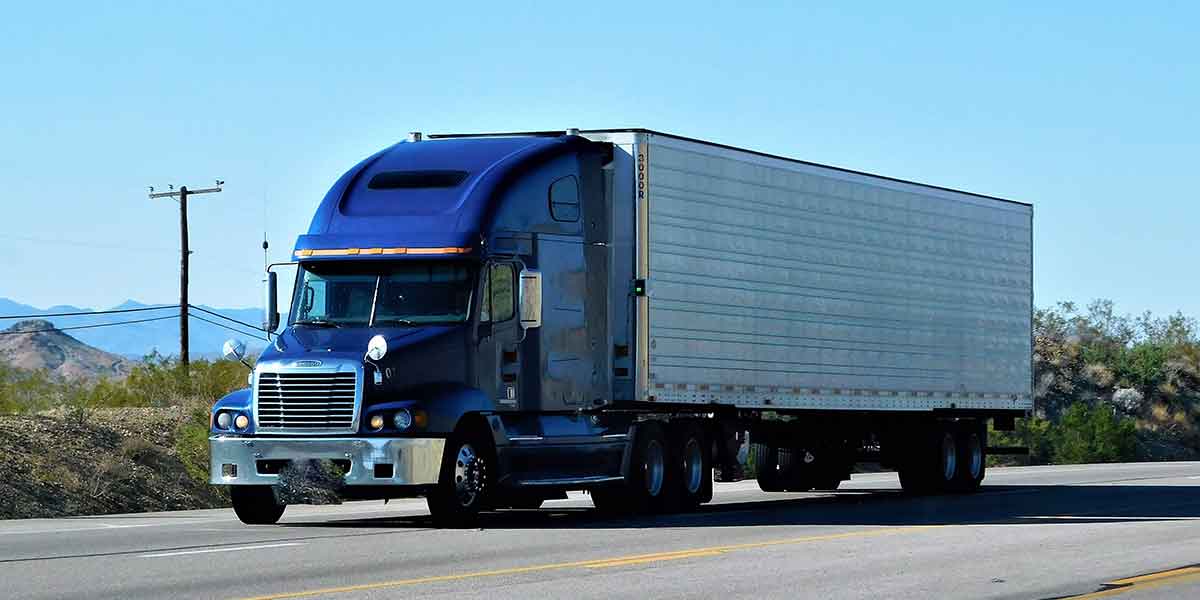How To File New Mexico Weight Distance Tax Returns

If you're a motor carrier traveling across state lines, you understand the importance of getting the appropriate permits and approvals to do so legally. For New Mexico, you must also know about and comply with all New Mexico weight distance tax filing regulations to use the state's highways and avoid hefty fines.
We at FMCA Filings know everything there is to know about the weight distance tax (WDT), including how to file New Mexico weight distance tax returns. Our blog below outlines the basics of this state's WDT regulations and how our experts can handle your tax return process.
What Is the New Mexico Weight Distance Tax?
According to the New Mexico Taxation and Revenue Department, every motor vehicle exceeding 26,000 pounds operating on the state's highways is subject to a weight distance tax. The WDT rate depends on each vehicle's gross weight, which is on file with local and federal authorities.
So how does it work? If your truck meets the vehicle weight classification for New Mexico, you must obtain a permit that lists its gross weight. You then buy miles at a port of entry. The state will subtract those miles from the quarterly tax returns that you file.
WDT Payment Schedule
WDT payments are due by the following dates:
- April 30th for the first quarter (January 1st to March 31st)
- July 31st for the second quarter (April 1st to June 30th)
- October 31st for the third quarter (July 1st to September 30th)
- January 31st for the fourth quarter (October 1st to December 31st)
Although most carriers elect to file their taxes quarterly according to the aforementioned pay schedules, others choose to do so annually as part of their tax return filing processes.
Who Needs a Weight Distance Tax Permit?
Before learning how to file New Mexico weight distance tax returns, you should first know whether you need the permit.
Everyone within the transport sector with at least one vehicle that meets the vehicle weight classification and operates within New Mexico in whole or in part must file this tax including motor carriers and trucking business owners. The rule applies to intrastate and interstate hauling with and without an IFTA license.
The tax considers vehicle weight and miles traveled across New Mexico roadways. Every vehicle in your fleet needs its own permit; one permit will not cover an entire trucking fleet.
New Mexico is just one of four states with a highway use tax. The others are Kentucky, Oregon, and New York. The requirements for each state differ, so ensure you calculate your taxes accordingly.
What Happens If You Don't Get a Weight Distance Tax Permit?
You must register and apply for a New Mexico weight distance tax permit annually for each vehicle you operate within state lines. You must also report your WDT quarterly. Failure to do so will add charges to your trip tax account instead of the registration fees every time you leave or enter the state.
Is a Mileage Permit Also Necessary?
New Mexico computes the weight-distance tax by multiplying how many miles a trucker travels by the applicable tax rate. As such, accurate mileage reporting is necessary.
You may need to file for a mileage permit with the state in addition to the regular WDT permit. This rule often applies to for-hire workers with trucks containing at least two axles.
How To File Your WDT Returns
In addition to a WDT permit, you also need a DOT number to file your tax returns and comply with regulations from the United States Department of Transportation and the Federal Motor Carrier Safety Administration. Because FMCA Filings knows how to file New Mexico weight-distance tax returns, we can also help you secure your DOT number.
We can streamline the process to file for your permits, DOT number application, and WDT tax returns. To avoid complications, we'll ensure confirmation of your electronic tax return filing or tax identification number with your tax payments.
Ensure Timely Tax Returns for Your Business – Contact FMCA Filings Today
Knowing how to file New Mexico weight distance tax returns and highway use taxes can be challenging. Making a small mistake could lead to hefty fines and penalties, which can affect your business operations.
Don't risk making mistakes. FMCA Filings is a nationwide filing service with the expertise and resources necessary to meet the administrative needs of motor carriers, brokers, and other businesses within the trucking industry. We can streamline the tax filing process and help you file for your New Mexico WDT permit.
Don't delay and miss a crucial deadline. Live Chat with FMCA Filings’ representatives today to get started.